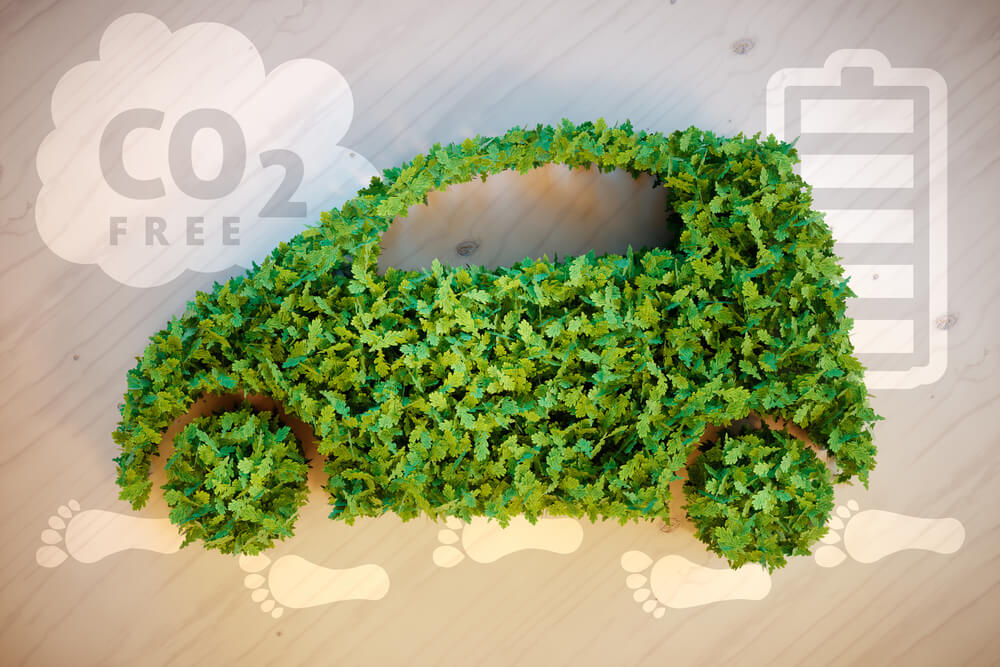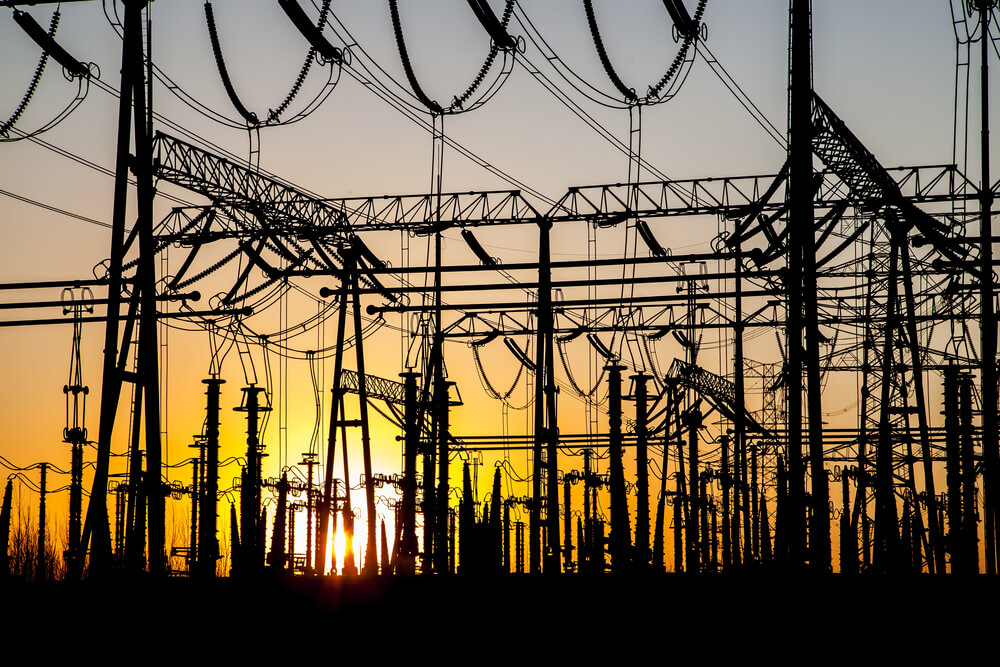Spotlight shifting to M&E embodied carbon

Commercial and public sector clients are beginning to ask designers and suppliers if they can identify the embodied carbon equivalent (CO2e*) of installed M&E products. It’s part of a wider trend among clients and other buyers who are increasingly looking for suppliers’ ‘carbon credentials’ during prequalification and tendering.
This growing supply chain phenomenon was addressed in a session within ECA’s autumn Net Zero Roadshow events, along with supporting ECA Member guidance available in the Members area of the ECA website. For example, the latest ECA guide highlights this public sector Framework question for prospective suppliers: Do you work with your supply chain to accelerate the development of less carbon-intensive materials?
This is a challenging tendering question, particularly for smaller contractors. However, it’s worth pointing out from the off that 1) few contractors know – and shouldn’t be expected to know - how to work out the carbon intensity of what they design and install, and 2) the value to a client of seeing even some information in this area, as opposed to none, may be significant.
Not surprisingly, ECA’s new guide points to manufacturers as the prime source of useful product embodied carbon information. As a product customer, you can ask reputable suppliers whether they have:
1) any current information on the embodied carbon of products, and
2) a plan to reduce the embodied carbon of products, or any recent evidence that this has already been achieved?
It’s fair to say that the responses to these enquiries will be mixed, but the more requests manufacturers get for this information, the more likely they will be to produce it. And some good practice is already here: manufacturers such as Marshall Tufflex provide clear embodied carbon figures for leading ranges of PVC trunking. They calculate this using the much-vaunted CIBSE document TM65 – Embodied carbon in building services. TM65 offers manufacturers and designers a simplified route to evaluating the embodied carbon in various M&E products, using material sourcing and manufacturing process data.
Lighting the way to lower carbon…
And since August 2023 the CO2e of lighting can be assessed – and presented - more widely using CIBSE TM65.2 – Embodied carbon in building services: lighting. Leading lighting manufacturers are keen to share the embodied carbon in their products and TM65.2 makes the calculations easier and more relevant to lighting, while also sidestepping the many complications of full product life cycle assessment. Key lighting manufacturers have produced useful new information – e.g., describing the marked CO2e product difference between using newly produced and recycled aluminium. Other important features in TM65.2 include calculating CO2e for luminaires and how to account for control gear.
Carbon comparisons
The new ability to readily assess embodied carbon in lighting should allow better industry comparisons, while manufacturers will be more incentivised to pursue lower product CO2e, e.g., by using higher recycled aluminium content.
In tandem with ECA’s pragmatic advice to ask manufacturers for the information they need, TM65.2 also points out that while a budding lighting designer might instigate a CO2e assessment for a new project, manufacturers must gather and produce the basic data covering materials, processes, locations and transport.
Supply chain advantage
Whether for lighting or M&E products in general, contractors who can obtain and present relevant product CO2e can:
- differentiate themselves with clients and buyers, showing they are ‘embodied carbon aware’,
- advise on, influence or even make procurement, design and installation choices based on the data; and
- relay (and win kudos for) any reductions in product CO2e achieved by their manufacturer.
And as we’ve seen with lighting, manufacturers’ do have routes to cutting M&E embodied carbon. These include: lightweighting product design, sourcing closer to home, producing with less carbon intensive materials and/or less carbon intensive (usually electrical) energy.
CIBSE’s TM65/TM65.2 guides are simplified and practically useful standard methods for estimating product embodied carbon.
.jpg?width=970&height=90&ext=.jpg)





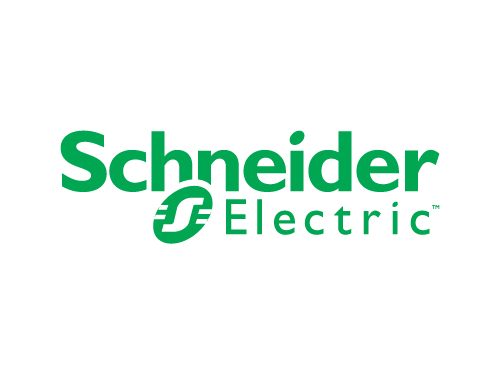

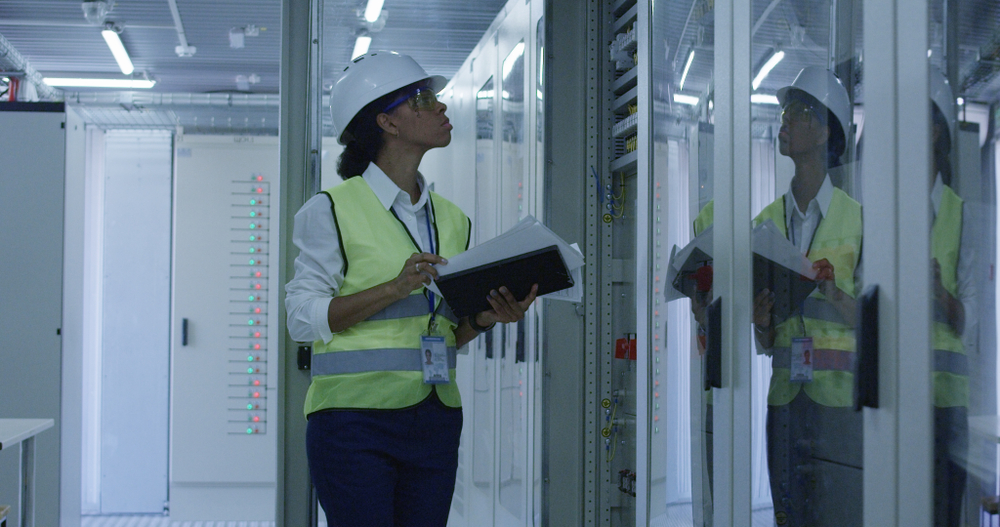



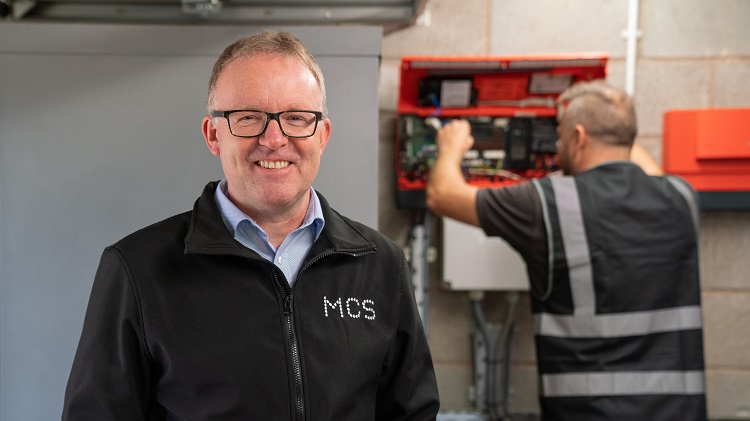




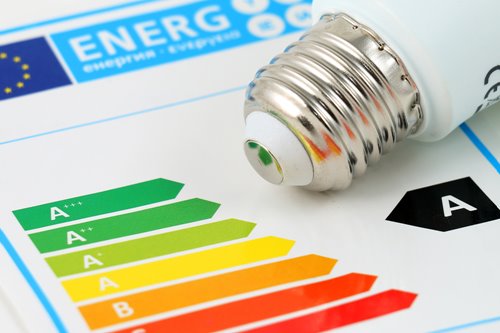



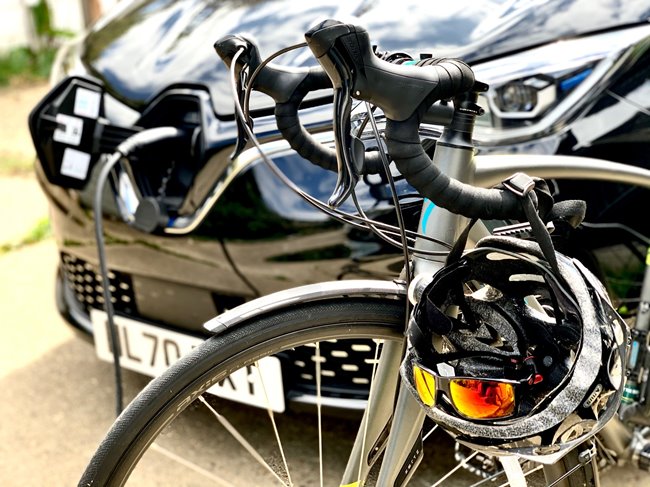

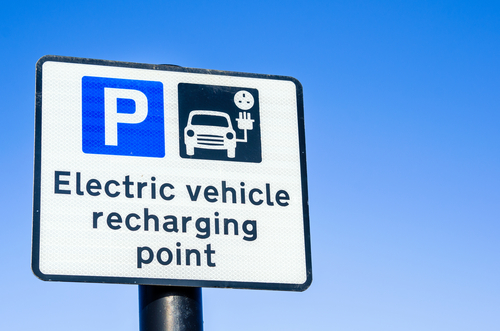


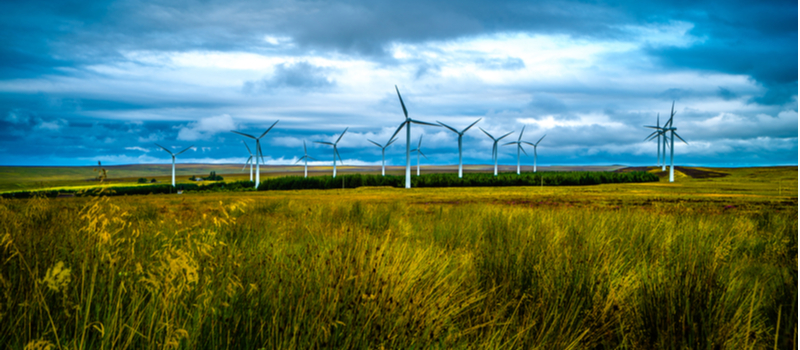
.jpg?width=1000&height=999&ext=.jpg)



